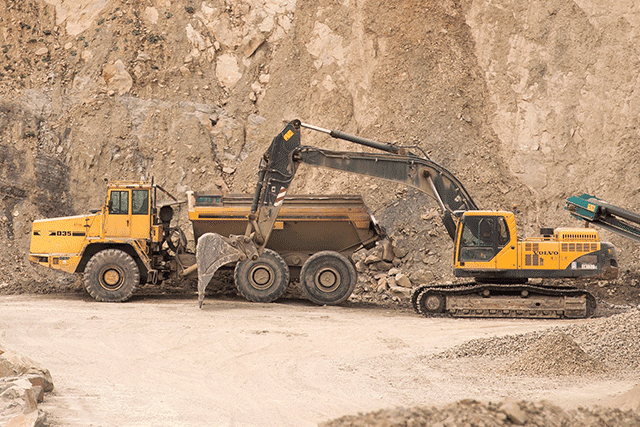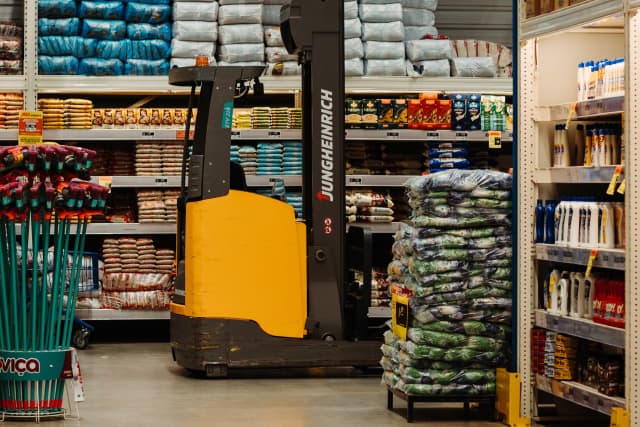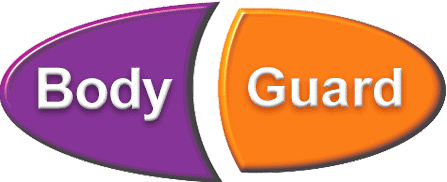Quarries and Mines
On a typical quarry or mining site, heavy mobile machinery and workers frequently occupy the same space.
This presents potential safety hazards such as blind spots, moving heavy loads, obstacles, heights and poor visibility, plus human factors such as lapses in attention/ judgement or staff ignoring safety protocols. As a result, safe loading/ unloading/ transport of items and excavation procedures on-site have to be the #1 priorities. Introducing safety initiatives or additional safety training can help lower the on-site risks, but still the danger is a real one.

The most common safety hazards on Australian quarries/ mining sites are:
Heavy vehicle related incidents (collisions/ tipping etc.)
Machinery/ vehicle noise
Worker fatigue
Falling from heights (contributing 17% of all serious injuries and fatalities in this sector)
Falling/ moving objects (contributing 31% of all serious injuries and fatalities in this sector)
Pedestrian accidents
Contact with moving machinery
Improper storage of flammable/ dangerous goods
Can your site afford risks like these?
Load-shifting and excavation equipment (trucks, cranes, bobcats, forklifts etc.) present pedestrian safety risks such as:
Collisions with pedestrians and/ or loads falling onto them.
Rollovers and the equipment moving unexpectedly, posing a crushing risk.
Vehicles being unable to stop/ change direction quickly.
Reduced visibility when loaded.
You can consider your sites’ terrain, layout and organise physical barriers to separate pedestrians and vehicles/ machinery, plus put control measures in place to reduce risk such as:
Minimising the cross flow of traffic, intersections and eliminating blind spots.
Clearly defining and positioning parking areas so they can be accessed without crossing busy traffic lanes or loading dock vehicle paths.
Clearly marking pedestrian walkways or using temporary physical barriers to separate pedestrians from traffic lanes and powered mobile plant operating areas where pedestrians and vehicles often interact based on speed limits, stopping distances and efficient workflow.
Defining areas where powered mobile plant is used as ‘pedestrian exclusion zones’ and excluding powered mobile plant from pedestrian walkways and work areas.
Initiatives such as line markings, barriers, added lighting and verbal/ written notices to stay a certain distance clear of vehicles are only effective so long as your staff and site visitors abide by these directions.
There are also the legal obligations to uphold worker safety.
With these daily risks ever present, could your storage area use a BodyGuard?

